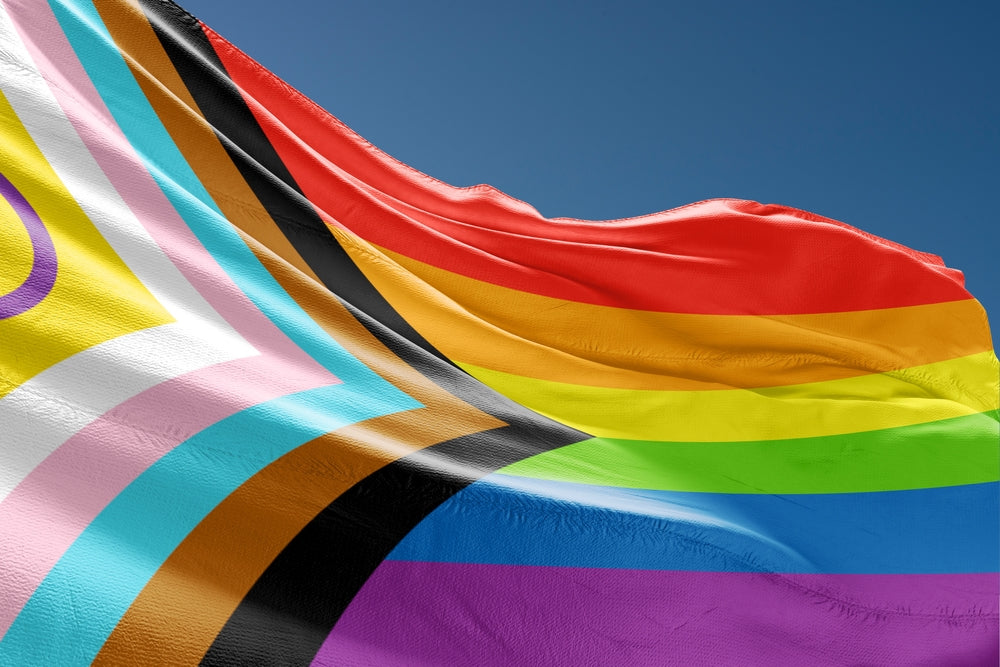
Flying the Pride Flag - what to consider?
Share
In June, Pride flags are flown around the world again when the international Pride month begins the celebration of diversity of gender and sexuality. With these tips, you can fly the Pride flag impressively all summer long!
PRIDE FLAGS COME IN MANY COLORS
Pride flags are a decades-old tradition with roots in late 1970s San Francisco. The first rainbow flag was designed by activist Gilbert Baker in 1978. At that time, the flag had 8 stripes, each of which had its own symbolic meaning. However, due to the availability of fabrics, the number of stripes was reduced to six the very next year, and the rainbow flag we know today was born.
Since then, the number of tickets has increased and today many different identities have their own tickets. Alongside the traditional six-striped rainbow flag, there are also new Philly and Progress Pride flags, which communicate the inner diversity of the rainbow community.
BE MINDFUL OF WEATHER CONDITIONS
When choosing a flag, it is important to think about its attributes according to the intended use. A flag that works as a wall decoration indoors does not require the same durability as a flag intended for outdoor use, and on the other hand, if a flag is intended to be admired from a close distance, the details come out more. Therefore indoors a beautiful and thick cotton flag can be a good choice.
It is good for the outdoor flag to be made of fast-drying fabric whose color remains bright even in the scorching sun. Synthetic fibers are often well suited for outdoor use, as they do not absorb moisture, which reduces the risk of mold. Artificial fibers are also often lighter, so the flag flutters nicely in the wind.
Many flags intended for outdoor use are also manufactured in such a way that the colors do not fade even in continuous sunlight. The flag remains beautiful and colorful for a long time.
FASTENING THE FLAG
The flags can have different attachment points and methods depending on the purpose of use. For a flag to be hung on the wall, the best attachment point is the top corners of the flag, so the flag hangs horizontally on studs or nails. For a flag to be hoisted, the best thing to do is to attach it to one side of the flag, and for a flag or banner to be attached to a balcony or the side of a motorcade it is good to have attachment points in each corner and sometimes even extra attachment points on the long side of the flag, so that it does not flap disturbingly in the wind or when moving.
The most common attachment methods are a hemmed edge or grommets. Through the hemmed edge, you can thread a rope that is then tied to the desired spot or fastener. Grommets can be connected to a separate flag fastener, available in various models. In an emergency, you can tie a rope directly to the grommets or use a regular hook or carabiner as a fastener. It’s worth checking in advance what type of attachment method suits your flag display location and acquiring suitable flag locks if necessary.
APPROPRIATE FLAG SIZE
The size of the flag to be attached to the flagpole is determined by the height of the pole. As a rule of thumb, the shorter side of the flag should be approx. 1/6 of the length of the flagpole. For example, a 150 x 240 cm flag is best suited for a 9 meter high flagpole, so that the flag looks proportionate to the pole. However, this is only a general recommendation. If the flags are not exactly the right size for your flagpole, you can go one size up, making the flag look big and impressive.
